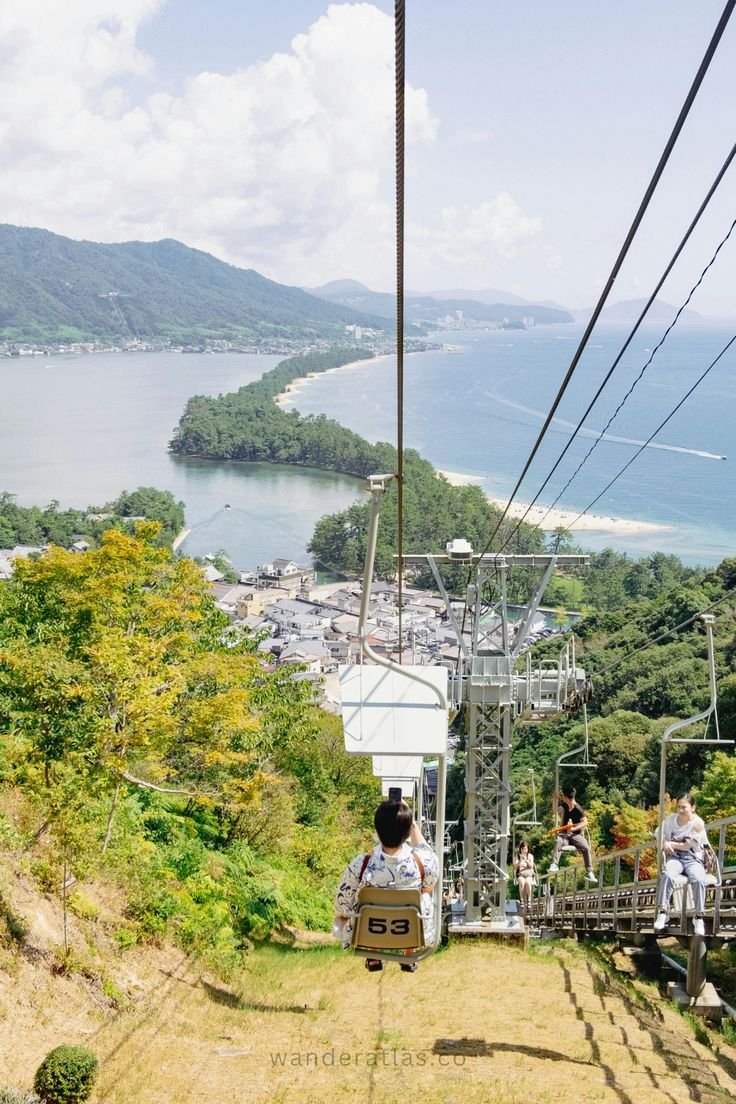Asia remains one of the most diverse continents, yet much of its beauty lies outside the typical tourist circuit. With increasing demand for authentic and uncrowded experiences, lesser-known destinations are gaining attention for their cultural depth, natural splendor, and unique local traditions. Below are some of the most compelling hidden gems to consider for your next trip.
Luang Prabang’s Remote Villages, Laos
While Luang Prabang itself is a UNESCO World Heritage city, venturing into the surrounding villages reveals untouched landscapes and centuries-old customs. Areas like Ban Xieng Mene showcase traditional weaving, spiritual caves, and river communities that rarely see foreign visitors. Local homestays now support sustainable tourism initiatives, making this a responsible choice.
Raja Ampat, Indonesia
For marine enthusiasts, Raja Ampat in West Papua offers some of the richest biodiversity on earth. Unlike Bali or Lombok, this archipelago remains quiet, with pristine coral reefs, crystal-clear waters, and remote islands. Recent conservation efforts have strengthened protection for its fragile ecosystems, attracting divers seeking unspoiled underwater environments.
Phong Nha-Ke Bang National Park, Vietnam
Home to the world’s largest cave, Son Doong, this park remains less visited compared to Halong Bay or Hanoi. Besides spectacular caves, the area boasts jungle trekking, underground rivers, and rare wildlife. Strict visitor caps on Son Doong help preserve its integrity, ensuring a truly exclusive experience for those who book well in advance.
Hampi, India
Unlike the crowded beaches of Goa or the palaces of Jaipur, Hampi offers a surreal landscape of ancient temple ruins scattered among granite boulders. Once the capital of the Vijayanagara Empire, it provides a unique mix of history, spirituality, and breathtaking scenery. New infrastructure upgrades in 2024 have improved accessibility while maintaining its authentic character.
Tsum Valley, Nepal
For trekkers looking beyond the Everest and Annapurna regions, Tsum Valley delivers quiet trails, ancient monasteries, and authentic Tibetan-influenced culture. Opened to foreigners only in 2008, this valley remains protected under controlled tourism regulations, helping preserve its spiritual significance and ecological balance.
Sumba Island, Indonesia
Far from the crowds of Bali, Sumba Island is known for its traditional villages, thatched houses, and megalithic tombs. Its secluded beaches and rolling hills remain largely undeveloped. Efforts by local communities and eco-resorts have created opportunities for travelers to experience indigenous culture while supporting conservation.
Gifu’s Shirakawa-go, Japan
Famous for its gassho-zukuri farmhouses, this village in Gifu Prefecture sees far fewer visitors compared to Kyoto or Tokyo. The area offers authentic rural Japanese experiences, from seasonal festivals to hands-on crafts. Recent heritage preservation projects ensure these traditions remain intact for future generations.
Batanes, Philippines
The northernmost province of the Philippines, Batanes captivates with rolling green hills, stone houses, and dramatic coastlines. Its isolation has kept mass tourism at bay, making it a sanctuary for travelers seeking peace and cultural immersion. New sustainable flight routes have made it slightly more accessible without compromising its charm.
Kampot, Cambodia
Often overshadowed by Siem Reap and Phnom Penh, Kampot provides a laid-back atmosphere with colonial architecture, pepper plantations, and river activities. Growing interest in agritourism has brought attention to its renowned Kampot pepper, now protected by geographic indication (GI) status.
Final Thoughts
Asia’s hidden gems offer more than just scenic beauty — they provide insight into rich traditions, biodiversity, and ways of life that mass tourism often overlooks. By choosing these destinations, travelers can enjoy meaningful, less crowded journeys while supporting local communities and sustainable practices.
If you’d like, I can also help draft a meta description, keyword cluster suggestions, or an internal linking plan to further strengthen the SEO impact of this article. Let me know if you’d like me to include those as well!


